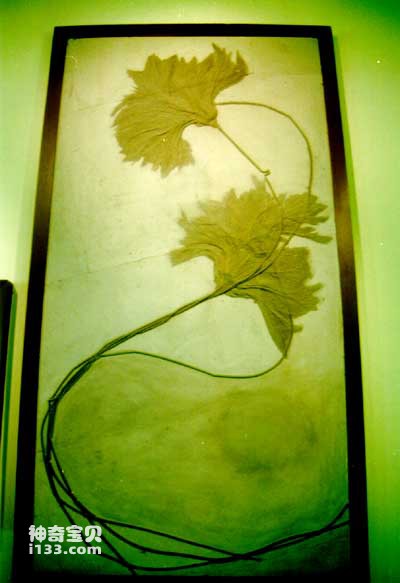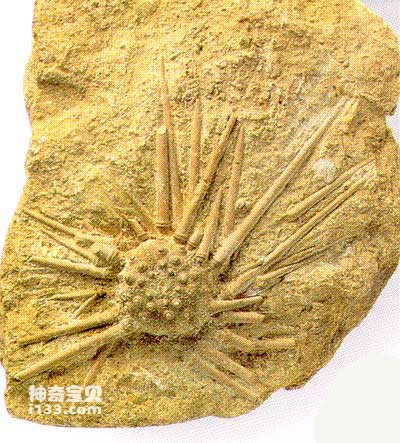In the aquarium, you will be dazzled by the colorful fish and various other aquatic animals. However, you will definitely stop in front of some brightly colored five-pointed star-like animals for a long time, because they are so strange - other animals have bilaterally symmetrical bodies, but these animals are so unique. If you look at the sign carefully, you will know that their original names are starfish and they belong to the phylum Echinodermata. This unique state of the body is called five-radiation symmetry by scientists.

Sea cucumber
All echinoderms live in the sea. Scientists know through anatomy that there is an extremely complex "water pipe system" distributed inside their bodies. The ends of the water pipe system usually form tube feet, which can perform various functions such as movement, feeding, feeling, breathing, and building nests. There is also an endoskeleton inside the body of echinoderms secreted by the mesoderm. The bony plates and the outer covering of the membrane have spines or tubes of different shapes. This is why the name "echinoderms" came about.

In fact, these five-pointed star-like five-radiate symmetrical animals we see are adult individuals of echinoderms. In their larval stage, echinoderms are also bilaterally symmetrical. Based on this, coupled with some other physical characteristics and embryonic development characteristics, scientists believe that echinoderms and chordates may have evolved from a common ancestor. In other words, echinoderms are the most advanced phylum of invertebrates, and they are most closely related to the phylum Chordata, where our vertebrates belong. Echinoderm larvae develop into pentaradially symmetric adults through a bilaterally symmetrical trophotrophic larval stage, which results from the transition from a planktonic lifestyle to a sessile or rarely mobile lifestyle. Some species, such as aquarium/sea-cucumbers.html">sea cucumbers, remain bilaterally symmetrical in appearance as adults, but their internal structure has the characteristics of five-radial symmetry.

Sea urchin
Echinoderm fossils have been found in the Cambrian strata as early as the Cambrian, and even today, echinoderms are still very prosperous. Scientists have found that there are about 20,000 species of living and fossil echinoderms in total, accounting for about 2% of all animals. Among them, there are about 5,000 living species of echinoderms. Among fossil echinoderms, there are more fossils of crinoids and echinoids, and fewer fossils of starfish. Scientists divide echinoderms into four subphyla: Echinacea, Echinacea, Crinoids and Starfish. Among them, the phylum Echinoidea includes 7 classes: Echinoidea, Echinoidea, Echinoidea, Echinoidea, Echinoidea, Echinoidea and Echinoidea; Echinoidea includes 3 classes: Echinoidea Stiles, Hylophylla and Triton; the subphylum Crinoidea includes 8 classes: Eocrinoidea, Hylophylla, Pseudomonas, Cryptophylla, Pseudomonas, Hylophylla, Squamata Ringo and Crinoids; Starfish subphylum has only one class: Starfish.

Echinoderms obviously have a very long evolutionary history, because as early as the early Paleozoic Era, a large number of echinoderms with complex structures had appeared, which is enough to prove that the origin of echinoderms should be before the Cambrian. At the beginning of the early Cambrian period, the marine gyropods, telaids, and crinoids began to appear; then the kelpids and lepidoids also appeared; from the late Cambrian to the early Ordovician Sea arrows, crinoids, starfish and brittle seaweeds appeared; by the middle to late Ordovician, all other categories of echinoderms, such as sea leucoderms, appeared. In the long years since then until today, no new classes of echinoderms have been discovered. Instead, most classes of echinoderms became extinct at the end of the Paleozoic Era, and only a few classes entered the Mesozoic Era and have multiplied into the modern era.
We created this article in conjunction with AI technology, then made sure it was fact-checked and edited by a Animals Top editor.